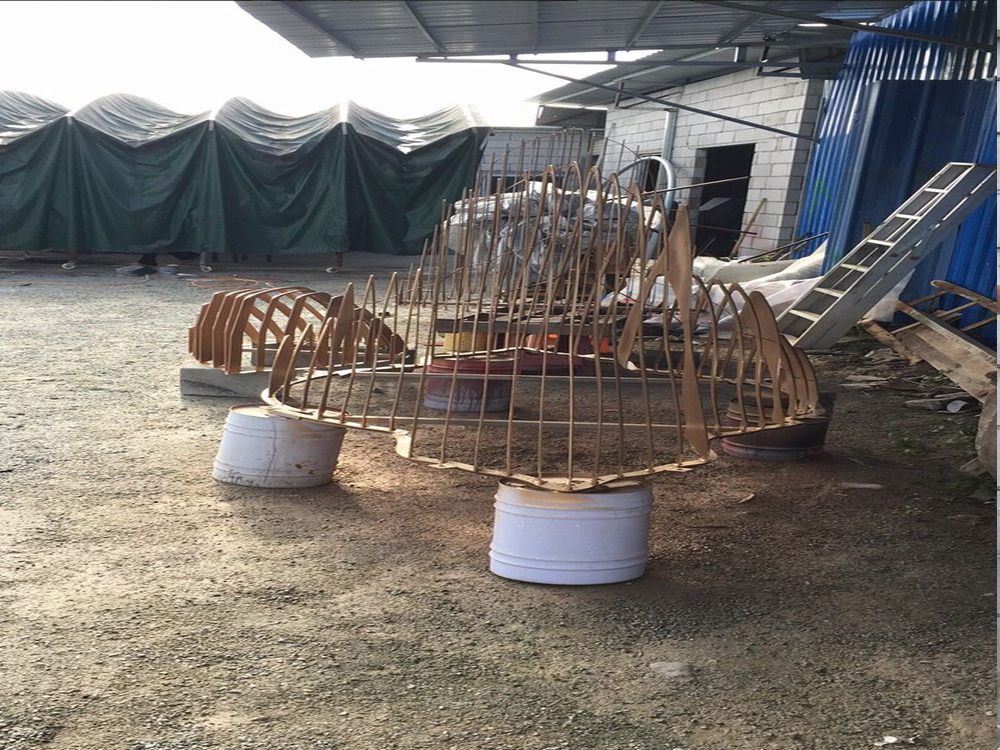
Artists have long used metal sculptures as a medium to explore the intersection of art and environmental activism. By repurposing discarded metals and industrial waste, they create striking works that challenge perceptions of waste and consumption. These sculptures often serve as visual metaphors for environmental degradation, urging viewers to reflect on their ecological footprint.
One powerful approach is the use of recycled materials, transforming scrap metal into intricate sculptures that highlight the potential of upcycling. For example, artists like John Lopez craft lifelike animal figures from farm machinery parts, symbolizing the harmony—or conflict—between nature and human industry. Such works not only reduce waste but also provoke dialogue about sustainability.
Additionally, large-scale metal installations in public spaces amplify environmental messages. Pieces like "Washed Ashore" by Angela Haseltine Pozzi use ocean debris to create marine life sculptures, directly linking art to ocean conservation. These installations engage communities, turning passive observers into active participants in environmental discourse.
Ultimately, metal sculptures act as a bridge between creativity and activism. They transform cold, industrial materials into emotive art, proving that sustainability and beauty can coexist. Through their work, artists inspire change, one sculpture at a time.

